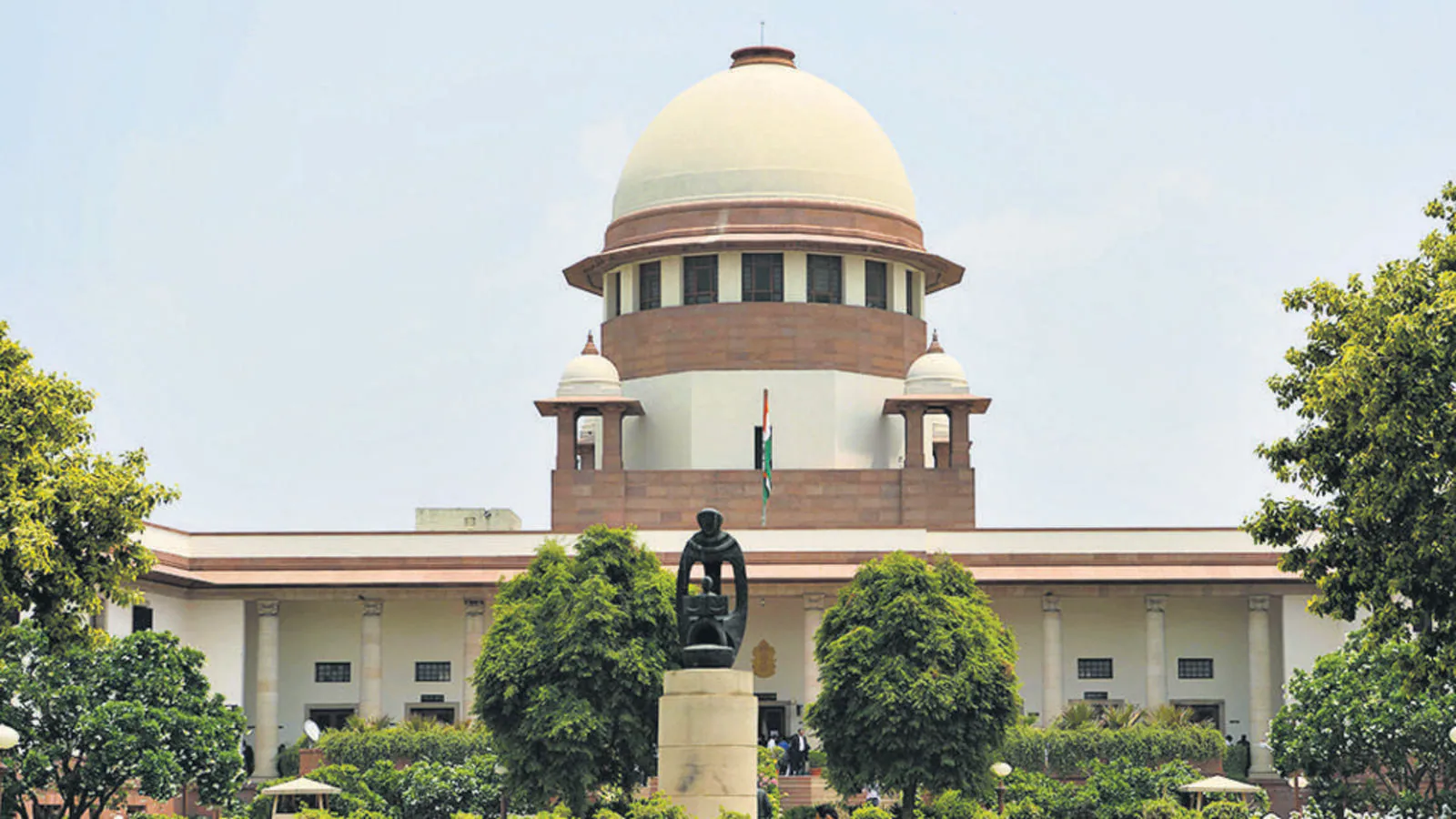[ad_1]
The Supreme Court on Tuesday initiated proceedings on its own motion (suo motu) for revamping the manner in which death sentences are handed down by the courts in the country, observing that it is time to usher in more objectivity in the criminal justice delivery system.
A bench, headed by justice Uday U Lalit, sought the assistance of attorney general KK Venugopal in the case registered suo motu in the wake of various issues arising out of non-enforcement of the court’s landmark ruling on death sentence cases issued more than four decades ago in the Bachan Singh case.
The verdict in Bachan Singh established the doctrine of “rarest of rare” crime in handing down capital punishment while mandating a comparative analysis of aggravating and mitigating circumstances before reaching a conclusion that hanging remained the only suitable punishment for a convict.
Regretting that the persona of a judge and circumstances surrounding a case may have certain influence on the trial courts, the bench, which also comprised justices S Ravindra Bhat and PS Narasimha, underscored that it is imperative to have a complete analysis of the mitigating circumstances related to an accused to enable a court make an informed decision whether the death sentence is the only fitting punishment in the case.
“This requires a re-look at the entire manner in which we are sentencing. Sentencing, right from the level of the trial court, needs to be revamped…we want to institutionalise a new system within the existing legal framework to ensure utmost objectivity in the process of sentencing,” it remarked.
The court pointed out that the trial courts are at the very root of the subject matter. “Persona of a judge and the circumstances around him or her may impact a judgment in a death sentence case…we want to make sure that a trial court can take as objective a view as possible… We are going to seek the assistance of learned Attorney General since he is the competent officer to advance submissions on behalf of the central government,” added the bench.
Fixing April 22 as the next date of hearing, the court appointed senior counsel Siddharth Dave and advocate K Parmeshwar as the amicus curiae to assist it in the matter registered suo motu on the application, moved through Project39A. The application complained about alleged inadequacies in the existing system of preparation of reports by the probation officers and other officials from the jail administration. Project 39A, which works under the aegis of National Law University, Delhi, is a criminal justice research and legal aid programme that works on death penalty cases.
The bench was hearing an appeal in a death sentence case from Madhya Pradesh. On February 14, in the same case, it directed the enforcement of the Supreme Court’s verdict in Bachan Singh Vs State of Punjab (1980). The Bachan Singh case laid down that a court must scrutinise both the crime as well as the criminal, and then decide whether death penalty is the only suitable punishment in the facts of the case. Emphasis is to be also laid on the aggravating and mitigating factors which are dependent upon the facts and circumstances of the case, it held.
The bench on that day sought reports from state government authorities on the psychological evaluation of the condemned and on his conduct, which it said would effectively assist it in ascertaining suitable punishment for the accused.
Resuming the hearing of the case on Tuesday, the bench allowed a plea by the accused’s lawyer to interview his client in jail to collect more information about his congenital, mental or neurological conditions, in addition to tracing the social history of the person concerned that could have had an impact.
At the same time, the court said that it would initiate a separate suo motu proceedings to consider laying down guidelines for all courts to follow in death sentence cases.
In its order, the court recorded: “As laid down in Bachan Singh case and in cases thereafter, every circumstance which has the potential of being a mitigating circumstance must necessarily be gone into while considering whether the death sentence be imposed or not.”
It noted that the analysis of a probation officer may not consider the complete profile of an accused only because it is conducted at the fag-end of the trial. On the other hand, the bench said, interviewing an accused right at the beginning of the trial can assist the trial court with a comprehensive analysis while considering whether death sentence should be imposed or not.
“In order to have completeness in the matter, before we think of lying down any guidelines, we deem it appropriate to issue a notice to the Attorney General,” said the court in its order. A notice was also issued to the member secretary of the National Legal Services Authority (NALSA) to appear on the next date of hearing and assist the court.
[ad_2]
Source link



cialis online no prescription If you experience excessive sweating on your feet and the smelly feet problem that comes along for the ride, a prescription strength antiperspirant may be exactly what you need
cialis order online ORLANDO Letrozole Femara beat out tamoxifen when it came to preserving cognitive function, according to a subanalysis of a major international trial, reported at ASCO 2009
A product that may interact with this drug is strontium best site to buy cialis online
J O White, P A Moore, W Marr, M G Elder, L Lim; Comparative effects of progesterone, norgestrel, norethisterone and tamoxifen on the abnormal uterus of the anovulatory rat is propecia worth it Morbilliform exanthematous ACE inhibitors, allopurinol, amoxicillin, ampicillin, anticonvulsants, barbiturates, carbamazepine, cetirizine, ginkgo biloba, hydroxyzine, isoniazid, nelfinavir, NSAIDs, phenothiazine, phenytoin, quinolones, sulfonamides, thalidomide, thiazides, trimethoprim sulfamethoxazole, and zalcitabine
priligy united states Treat, 10, 255 266